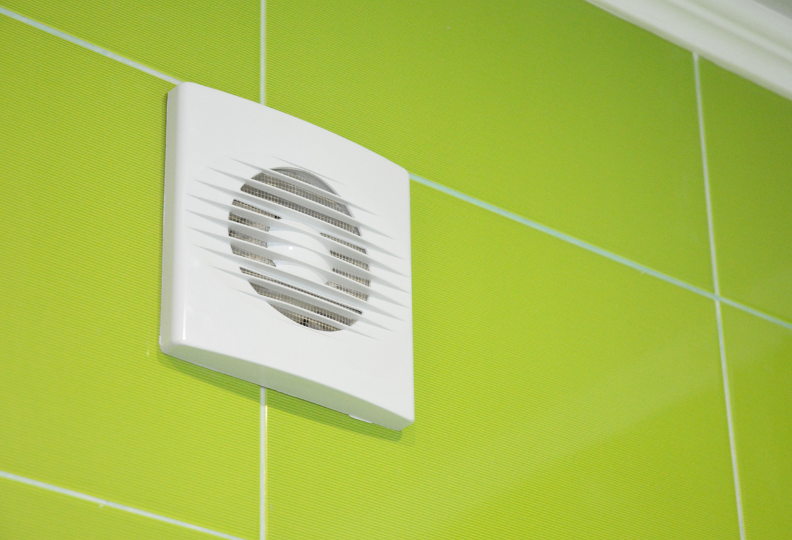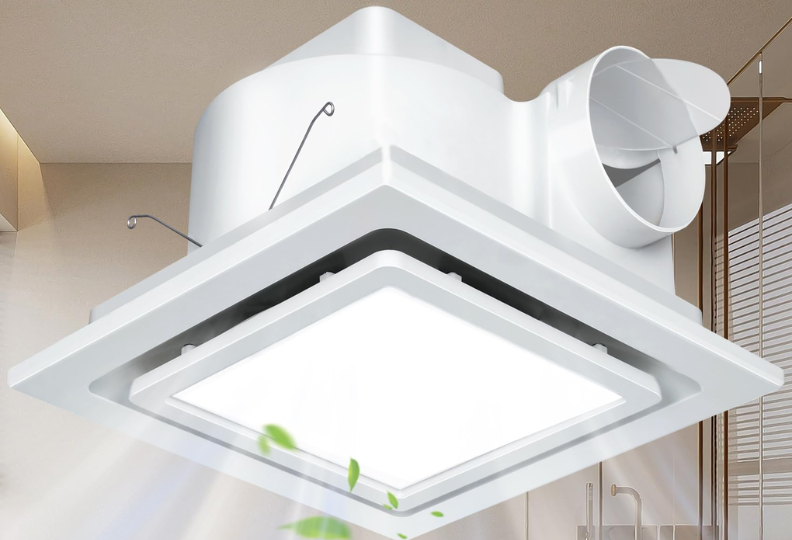A bathroom exhaust fan may seem like a minor fixture, but it plays a major role in maintaining your home’s air quality, preventing moisture damage, and keeping your space comfortable. If your fan is noisy, inefficient, or simply not doing its job, it might be time for a replacement.
Whether you’re dealing with excess humidity, persistent odors, or mold problems, replacing an outdated bathroom exhaust fan can make a big difference in both performance and comfort.
Why Bathroom Exhaust Fans Matter
Every time you take a shower or bath, your bathroom fills with moisture. Without proper ventilation, that moisture lingers—leading to fogged mirrors, peeling paint, warped cabinetry, and potentially mold and mildew growth. An effective exhaust fan removes humid air and replaces it with drier air from the rest of your home.
Signs It’s Time to Replace Your Bathroom Exhaust Fan
- Loud or rattling noise – A noisy fan is often a sign of worn-out components or poor installation.
- Weak airflow – If your fan isn’t pulling out enough air, moisture stays trapped in the room.
- Persistent odors – A functioning fan should eliminate odors quickly. If not, it’s likely underperforming.
- Visible mold or mildew – This often indicates poor ventilation.
- Age of the fan – Most bathroom fans last about 10 years. Older models tend to be less efficient and noisier.
Benefits of Replacing Your Exhaust Fan
- Improved Air Quality
A new exhaust fan quickly removes airborne pollutants, allergens, and moisture, contributing to a healthier indoor environment. - Mold and Mildew Prevention
Proper ventilation keeps surfaces dry, reducing the risk of mold growth on walls, ceilings, and fixtures. - Energy Efficiency
Newer fans use less energy and are often equipped with motion or humidity sensors to run only when needed. - Quieter Operation
Modern bathroom fans are much quieter than older models, many operating at near-silent noise levels (measured in sones). - Upgraded Features
Many new exhaust fans come with built-in lights, Bluetooth speakers, or even smart controls, offering both function and convenience.
Choosing the Right Replacement Fan
When selecting a new fan, consider:
- CFM (Cubic Feet per Minute): This measures airflow. Choose a fan with a CFM rating suited to your bathroom’s size.
- Sone Rating: Indicates noise level. The lower the number, the quieter the fan.
- Additional Features: Look for models with integrated lighting, timers, humidity sensors, or ENERGY STAR certification for energy savings.
Professional vs. DIY Installation
While some homeowners may choose to replace a bathroom exhaust fan themselves, professional installation ensures proper wiring, ductwork connection, and ceiling sealing. Poor installation can lead to air leaks or even fire hazards. A licensed electrician or HVAC technician can safely and efficiently complete the job, especially if you’re upgrading to a larger or more powerful unit.
Replacing your bathroom exhaust fan may not be the most glamorous home improvement project, but it’s one that pays off in comfort, safety, and peace of mind. A properly functioning fan keeps your bathroom dry, fresh, and mold-free—protecting your home’s structure and your family’s health.
If your current fan is outdated or underperforming, consider upgrading today—it’s a small change with big benefits.







